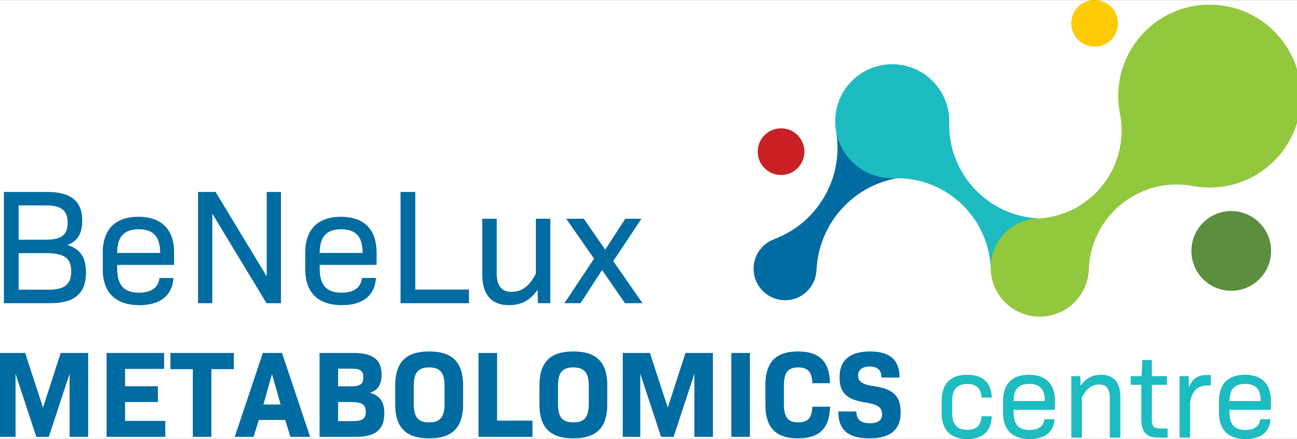Ion Mobility mass spectrometry is a relatively old technique but only since the last years it has become routine applicable as an integral part in current mass spectrometers. Ion mobility mass spectrometry adds an orthogonal dimension to current analytical methods based on either (UP) LC-MS or Direct infusion MS as it separates ions on the basis of mass, charge and cross section. The latter can also be referred to as size and shape of the individual ions. Its application has long been limited to the separation of peptides and larger proteins. Nowadays, due to increased resolution in the IMS system, the technique has found its way to small molecule analysis as well.
This project will focus on the further expansion of coverage in our current (semi-)targeted lipid assay; new methods for structure elucidation of lipids on large scale will be developed and implemented, with the main emphasis on the determination of the position of the fatty acid chain and its length as well as the position of the double bond(s) in the fatty acid chain. This will result in an enhanced number of lipids profiled in a semi-untargeted manner. This assay then complements our targeted oxylipin platform, which focuses on ca. 100 individual end products of lipid oxidation.
Next to these groups of compounds, the intermediates of this oxidation process from lipids towards oxylipins will be a focal point of research. These oxidation products are important read-outs for the oxidation state of organs, cells and even organells like, e.g. mitochondria. Due to the complexity of this group of compounds a non-targeted /profiling method is not available and research is mostly devoted to a specific group of compounds in a targeted manner. In order to develop a non-targeted profiling method for these compounds to be used in biological systems, several topics, like: isomer separation by IMS and structure elucidation by ‘MS3-like’ fragmentation of oxidised lipids, on-line electrochemical generation of oxidation products of lipids which can be used as reference compounds and sample pre-treatment and chromatographic separation of oxidised lipids will be addressed in this project. The techniques will be used in various projects to analyse the oxidation status of a specific organ/tissue or even organell.
The ‘MS3-like’ spectra obtained for these and other endogenous compounds will be linked /fused with the fragmentation tree database being developed. As a consequence, in order to store the spectra in this database, algorithms will be developed to facilitate the integration and to allow extraction of the information in an efficient manner and perform data-mining of the stored information.
